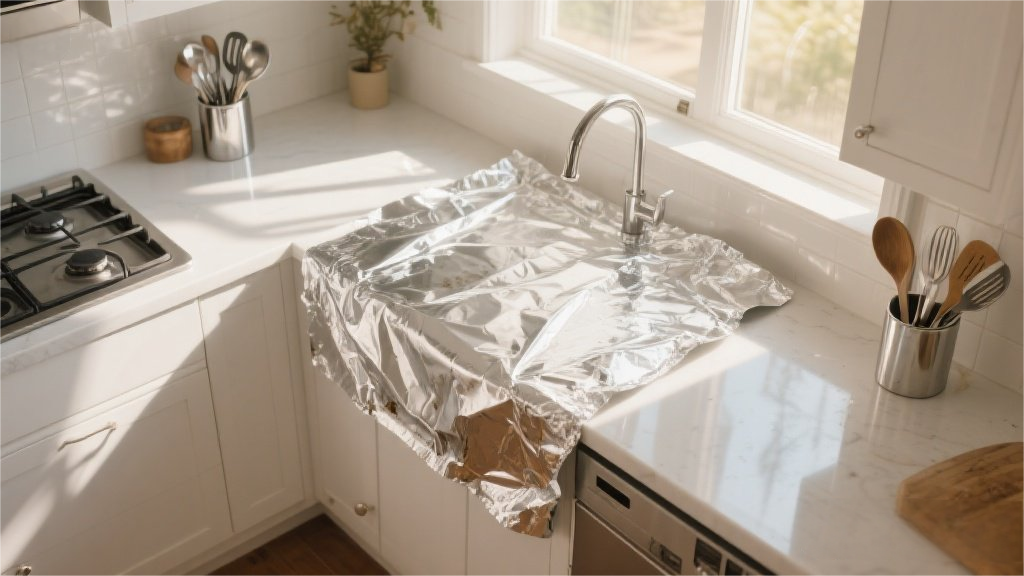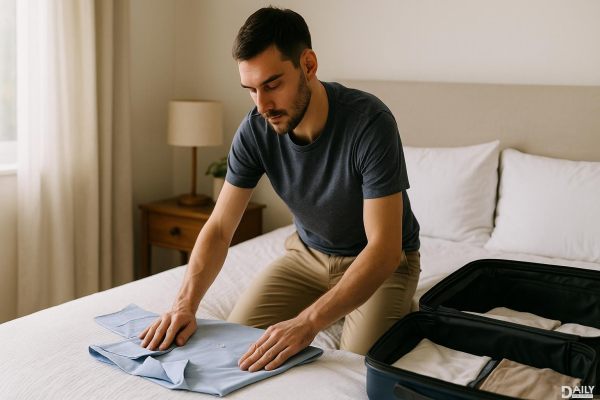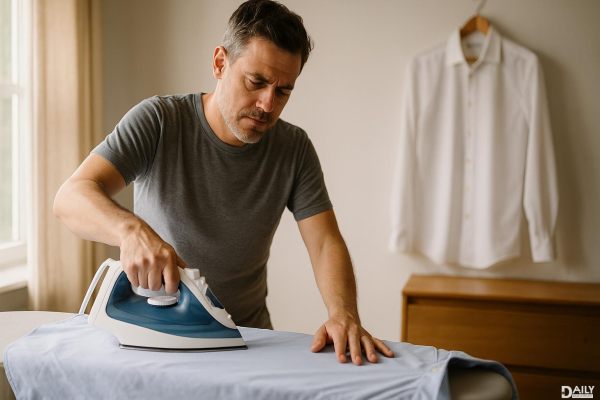Cleaning car seats doesn’t have to be a chore—with the right approach, you can make them look brand new without breaking a sweat. Whether you’re dealing with stubborn stains, funky odors, or just general grime, a few pro-level tricks can turn your ride from "meh" to fresh in no time. Let’s dive into the easiest ways to get your car seats looking showroom-ready.
Gather Your Cleaning Arsenal
Before you start scrubbing, make sure you’ve got the right tools for the job. A vacuum with an upholstery attachment is your best friend for lifting loose dirt and crumbs. For fabric seats, grab a quality upholstery cleaner or a DIY mix of mild detergent and warm water. Leather seats? A pH-balanced leather cleaner and conditioner will do wonders. Don’t forget microfiber towels (they’re lint-free and super absorbent), a soft-bristle brush, and a spray bottle for spot treatments. If you’re dealing with odors, baking soda or an enzyme-based odor eliminator can be a game-changer.
Pre-Cleaning Prep Work
First things first—remove any loose debris. Use the vacuum to suck up crumbs, dirt, and pet hair (a rubber glove rubbed over the fabric can help lift stubborn fur). If you’ve got seat covers, take them off and wash them separately. For leather seats, wipe down the surface with a damp microfiber cloth to remove dust before applying any cleaner. This step might seem basic, but skipping it means you’ll just be grinding dirt deeper into the fabric or leather when you start scrubbing.
Tackling Fabric Seats Like a Boss
For fabric upholstery, start by spot-testing your cleaner in an inconspicuous area to make sure it won’t discolor the material. Once you’re good to go, spray the cleaner evenly over the seat and let it sit for a few minutes to break down stains. Use the soft-bristle brush to gently agitate the fabric, working in circular motions—don’t go too hard or you might damage the fibers. For tough stains like coffee or ink, a mix of vinegar and water (1:1 ratio) can help lift them. Blot (don’t rub!) with a clean microfiber towel to lift the dirt away. If the seats are extra grimy, a portable carpet cleaner with an upholstery tool can deep-clean like nobody’s business.
Leather Seat Love
Leather requires a gentler touch. After dusting, apply a small amount of leather cleaner to a microfiber cloth and wipe in smooth, even strokes—never soak the leather, as too much moisture can cause cracking. For scuffs or marks, a dab of conditioner can often buff them out. Once clean, apply a leather conditioner to keep the material supple and prevent drying or cracking. Avoid silicone-based products—they can make seats slippery and shiny in a cheap-looking way. If your leather has cracks or serious wear, a professional detailer might be your best bet.
Banishing Odors for Good
Even the cleanest seats can hold onto smells. Sprinkle baking soda liberally over fabric seats, let it sit for 15-30 minutes (or overnight for strong odors), then vacuum it up. For leather, a light spritz of a leather-safe odor neutralizer works wonders. If the funk persists, check under the seats—sometimes forgotten snacks or spills lurk in hidden spots. An ozone generator (used carefully) can nuke stubborn smells, but proper ventilation is key since ozone can be harsh to breathe in.
Maintenance to Keep ‘Em Fresh
Prevention is easier than deep-cleaning. Keep a pack of upholstery wipes in your glove compartment for quick spills, and vacuum your seats regularly to prevent dirt buildup. For leather, a monthly conditioning treatment keeps it from drying out. If you’ve got kids or pets, waterproof seat covers can save you hours of scrubbing later. And hey, maybe rethink eating that messy burrito in the car—your future self will thank you.
With these steps, your car seats will stay looking and smelling fresh without needing a professional detailer. A little effort goes a long way, and nothing beats that new-car feeling—even if your ride’s been around the block a few times. Now go show off those spotless seats!
























